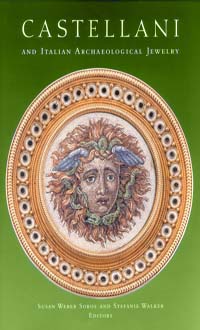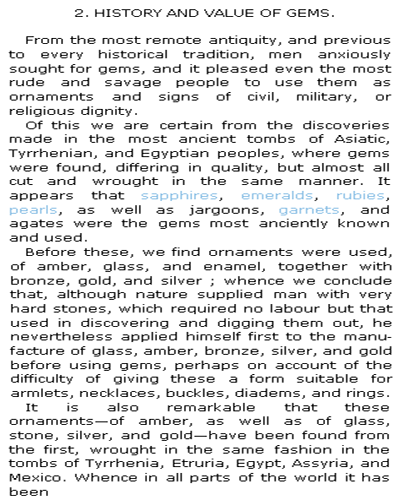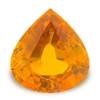Glittering Stones » Gemstones & Diamond books » Castellani Gems, Jewellery of the Ancients
Castellani Gems, Jewellery of the Ancients

Book Name: Jewellery of the Ancients
Author: Castellani
published: 1861
A. Castellani states, in his "Memoir on the Jewellery of the Ancients" (1861), that all the jewelry of the Etruscans and Greeks (other than that intended for the grave, and therefore of an unsubstantial character) was made by soldering together and so building up the gold rather than by chiselling or engraving the material.
Ancient work
The Egyptian jewelers employed wire, both to lay down on a background and to plait or otherwise arrange d jour. But, with the exception of chains, it cannot be said that filigree work was much practiced by them. Their strength lay rather in their cloisonnes work and their molded ornaments. Many examples, however, remain of round plaited gold chains of fine wire, such as are still made by the filigree workers of India, and known as trichinopoly chains. From some of these are hung smaller chains of finer wire with minute fishes and other pendants fastened to them.
In ornaments derived from Phoenician sites, such as Cyprus and Sardinia, patterns of gold wire are laid down with great delicacy on a gold ground, but the art was advanced to its highest perfection in the Greek and Etruscan filigree of the 6th to the 3rd centuries BC.
Refer More Information From Castellani Books
Castellani Jewellery of the Ancients
Castellani Gems
A number of earrings and other personal ornaments found in central Italy are preserved in the Louvre and in the British Museum. Almost all of them are made of filigree work. Some earrings are in the form of flowers of geometric design, bordered by one or more rims each made up of minute volutes of gold wire, and this kind of ornament is varied by slight differences in the way of disposing the number or arrangement of the volutes. But the feathers and petals of modern Italian filigree are not seen in these ancient designs. Instances occur, but only rarely, in which filigree devices in wire are self-supporting and not applied to metal plates.
The museum of the Hermitage at Saint Petersburg contains an amazingly rich collection of jewelry from the tombs of the Crimea. Many bracelets and necklaces in that collection are made of twisted wire, some in as many as seven rows of plaiting, with clasps in the shape of heads of animals of beaten work. Others are strings of large beads of gold, decorated with volutes, knots and other patterns of wire soldered over the surfaces. In the British Museum a sceptre, probably that of a Greek priestess, is covered with plaited and netted gold wipe, finished with a sort of Corinthian capital and a boss of green glass.

NOVEMBER BIRTHSTONE - CITRINE

COMMEMORATIVE EVENT - 13th Anniversary
KEYWORDS - Success, Abundance, Personal Power
ALSO KNOWN AS - Merchant's stone, Success stone
COLORS - Pale yellow to brown
OCCURRENCE - Brazil
COLOR ZONING - Tiger stripes or Zebra stripes


